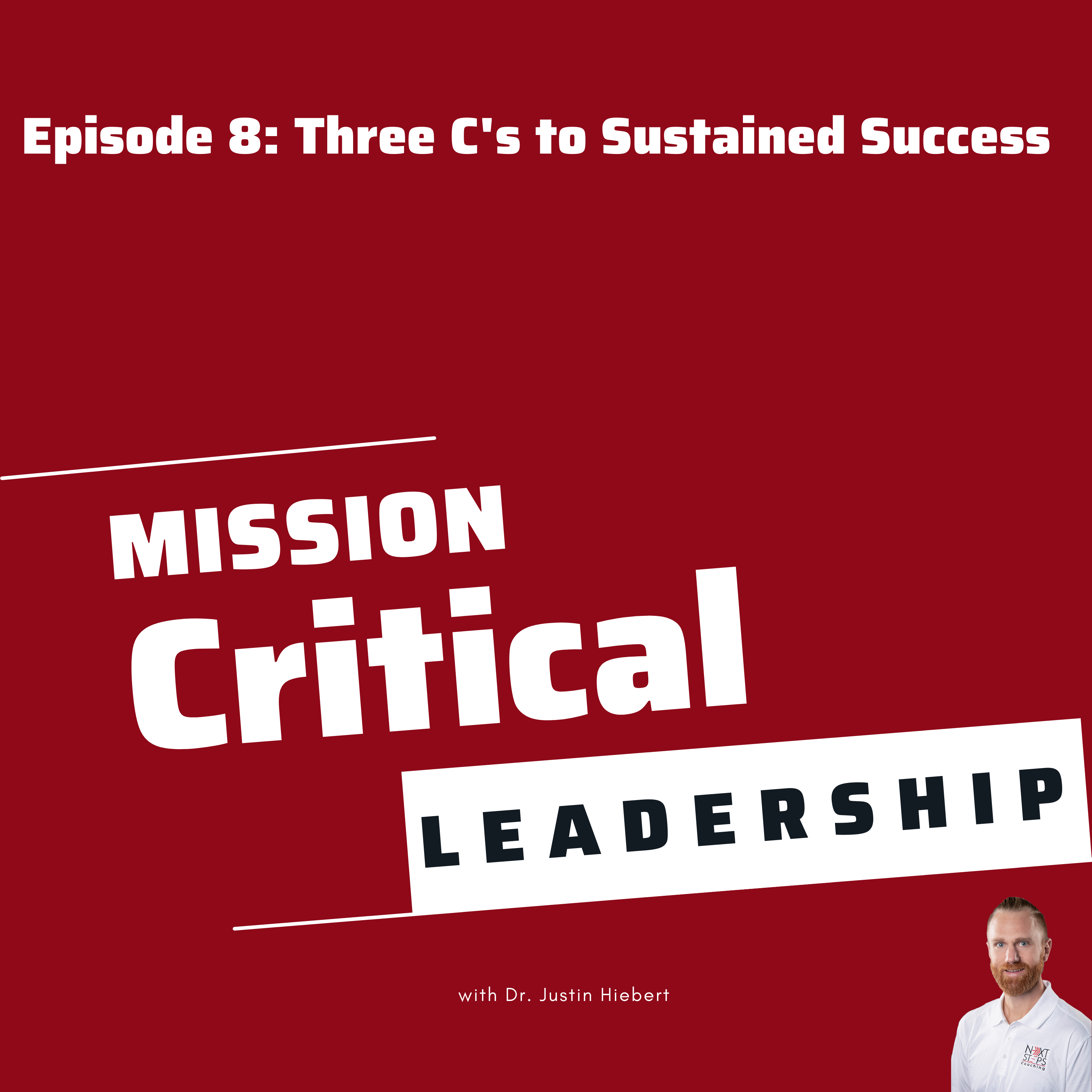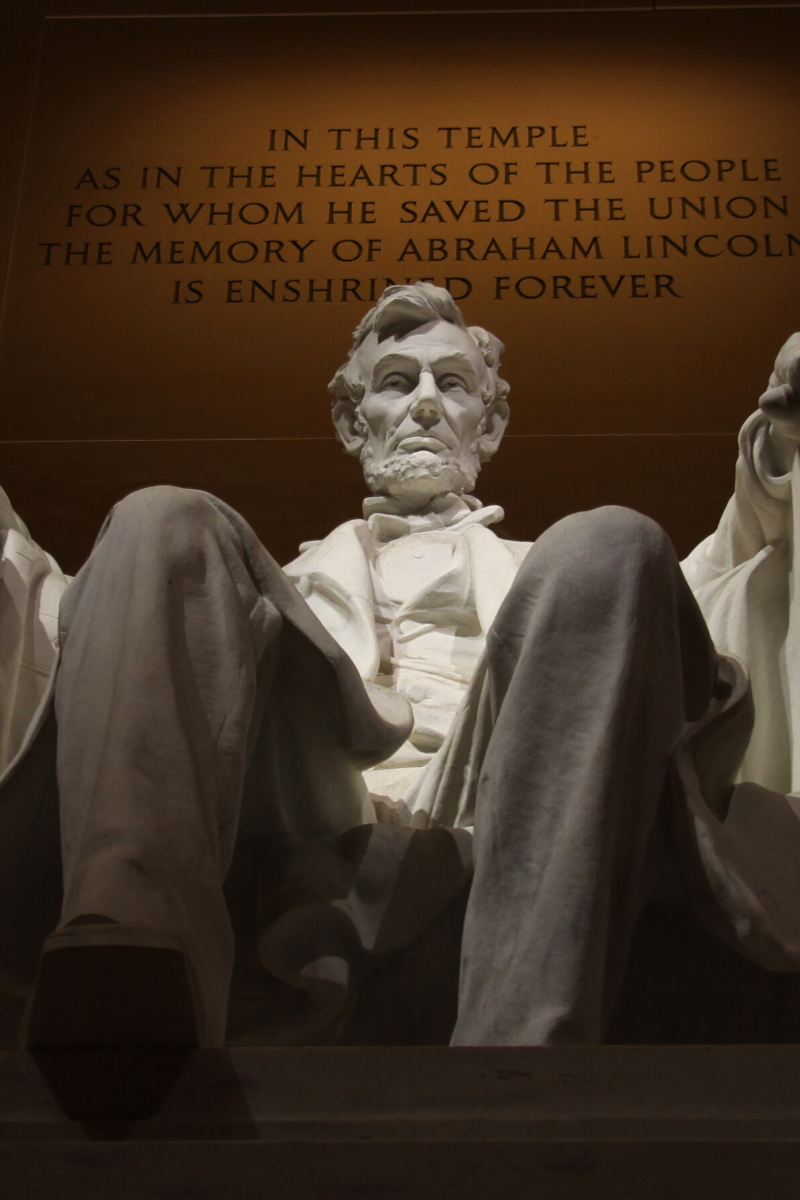
Welcome to the Mission-Critical Leadership Podcast! In this episode, we talk about three c’s to sustained success. We also talk about how you can implement these strategies into every area of life so you can be, do, and have it all!
Episode 8
This is episode eight of the mission-critical leadership podcast and we talk about the three c’s to sustained success.
I firmly believe that it isn’t just enough to win in one area of life, I want to win in every area of life. I want a life of excellence, and I work to provide that to my clients. In order to do that, I need to make sure that I’m working on getting the right things done.
To help, I practice three c’s to sustained success. 
First, I seek clarity. Clarity provides action. When I have clarity, I know how to create a plan to help me achieve my goals. Clarity is inspiring.
Second, I become committed. Once I know my destination clearly, I become committed to achieving it. I can’t just do the work when I feel like it, I have to do it every day. Commitment holds me accountable.
Third, I practice consistency. So what if I’m clear and committed if I don’t consistently put in the work? I’ll only reach half of what I set out to do. High performers know that isn’t good enough. Instead, they consistently put in the work and focus on the results, no matter the circumstances.
In This Episode
In this episode, we talk about:
- These three c’s to sustained success
- How to implement them in all areas of life
- Common pitfalls and hurdles you will face
- Handling the emotional joy of Monday (and the pain of Friday)
- And much more!
Missed an episode? Catch up here!
Be sure to leave a review and a comment on how the podcast is helping you.
About Justin
Dr. Justin Hiebert works with mission-critical leaders to accomplish the unimaginable. Realizing that no leader has ever needed more things to do, he works with his clients to get the right things done. His clients rise above burnout, captivate their teams, and transform their communities. By engaging their hearts and minds, his clients unlock their full potential to be, do, and have it all. This affords them the ability to leave a legacy of influence and impact on the world. He is a husband, father, teacher, learner, and champion of joy. He resides in Bakersfield with his wife, four kids, two cats, and one dog. In his free time, he loves exercising, riding motorcycles, and doing anything outdoors.
Podcast: Play in new window | Download
Subscribe: RSS

